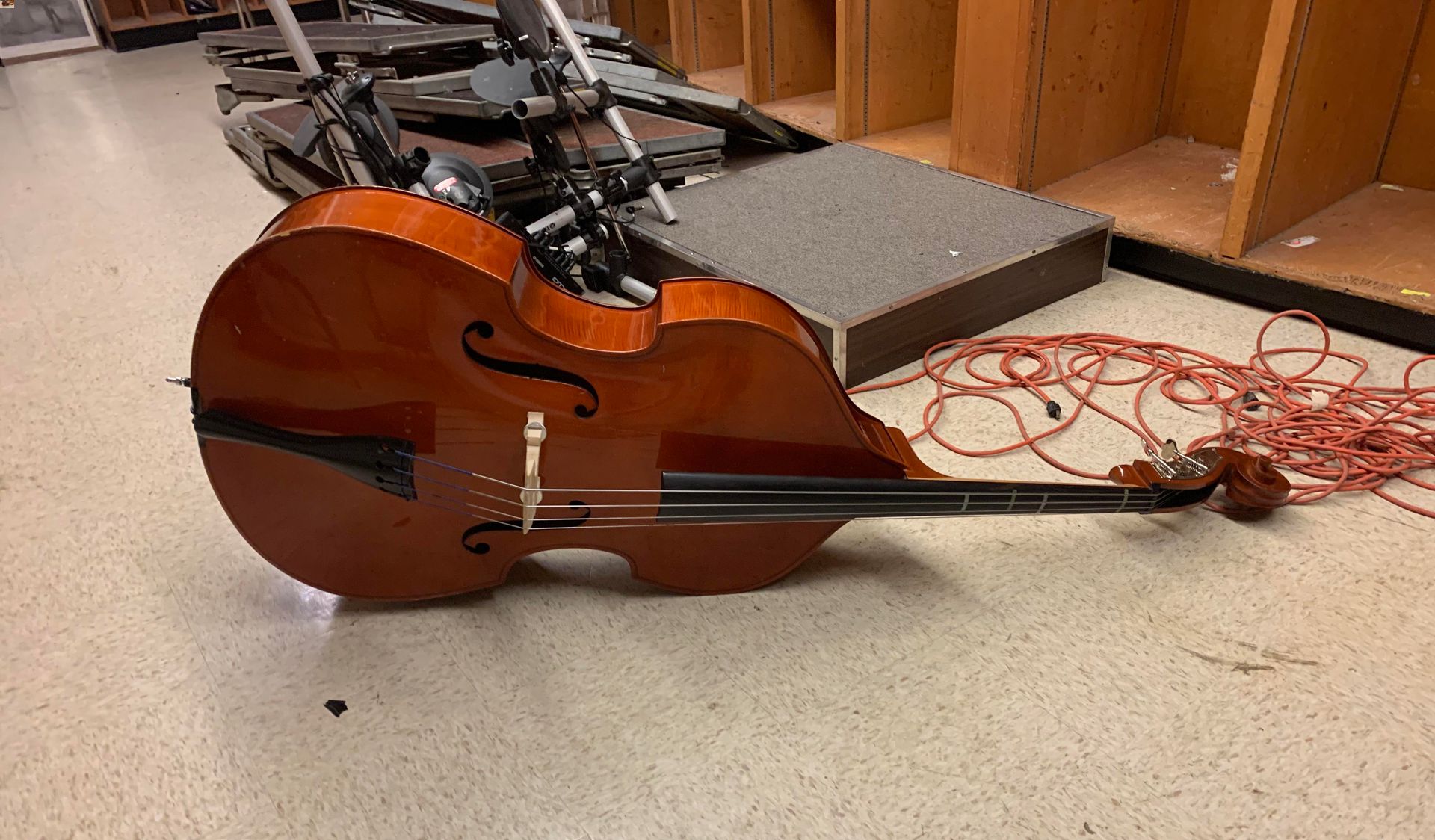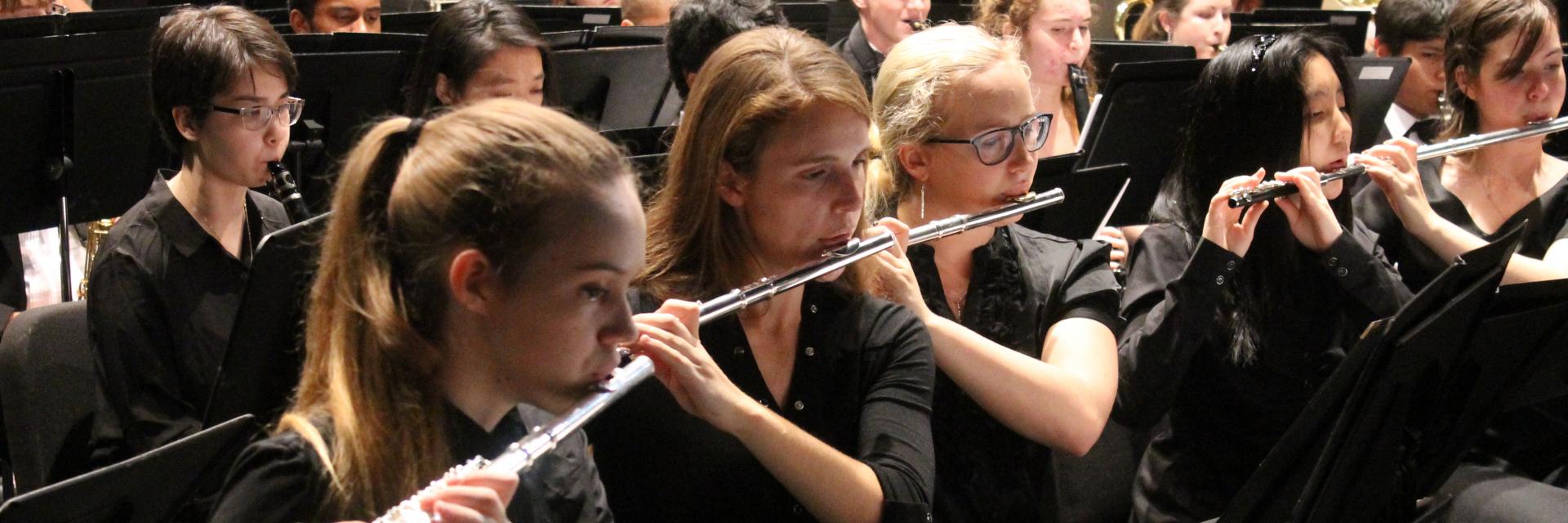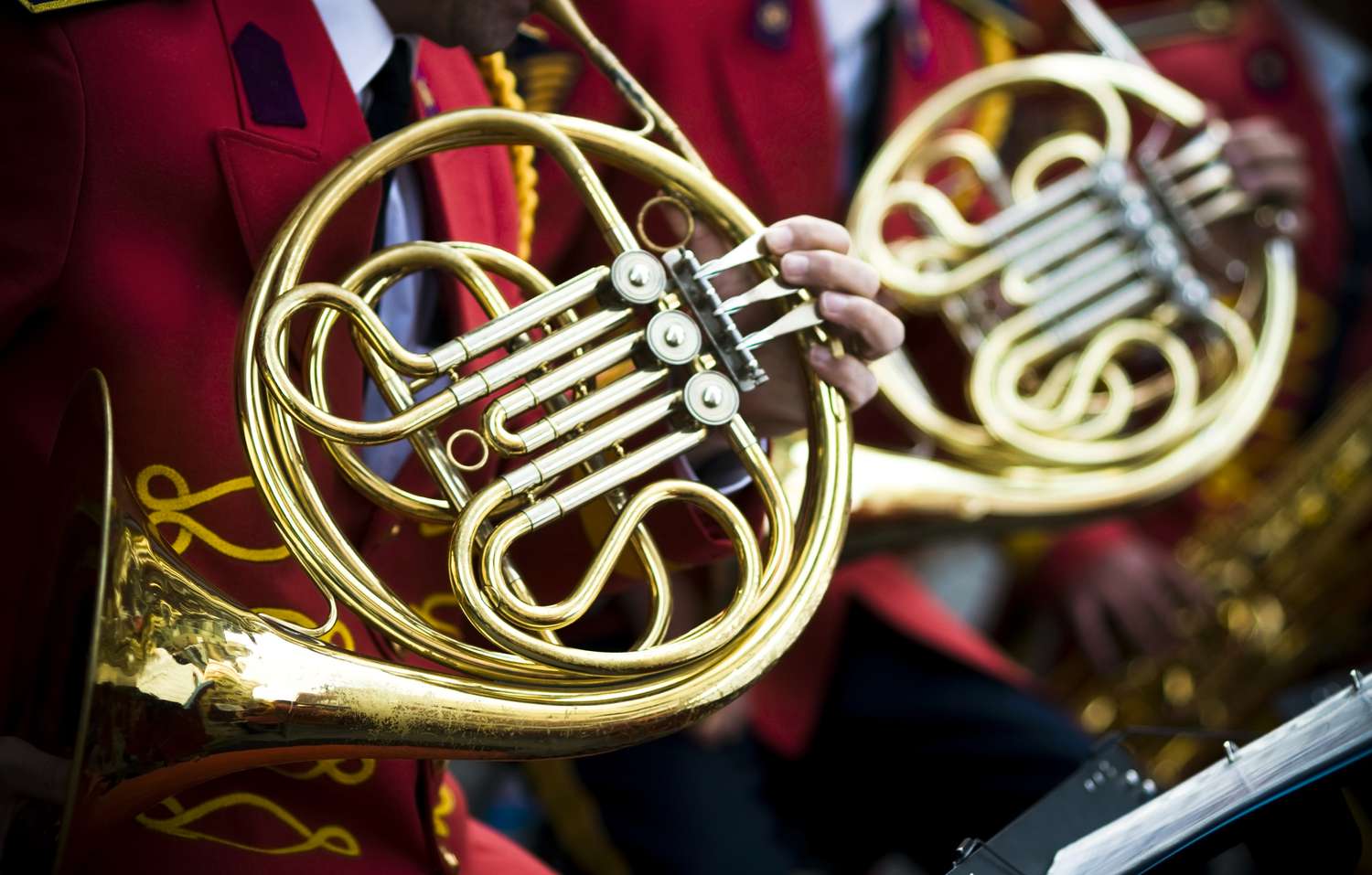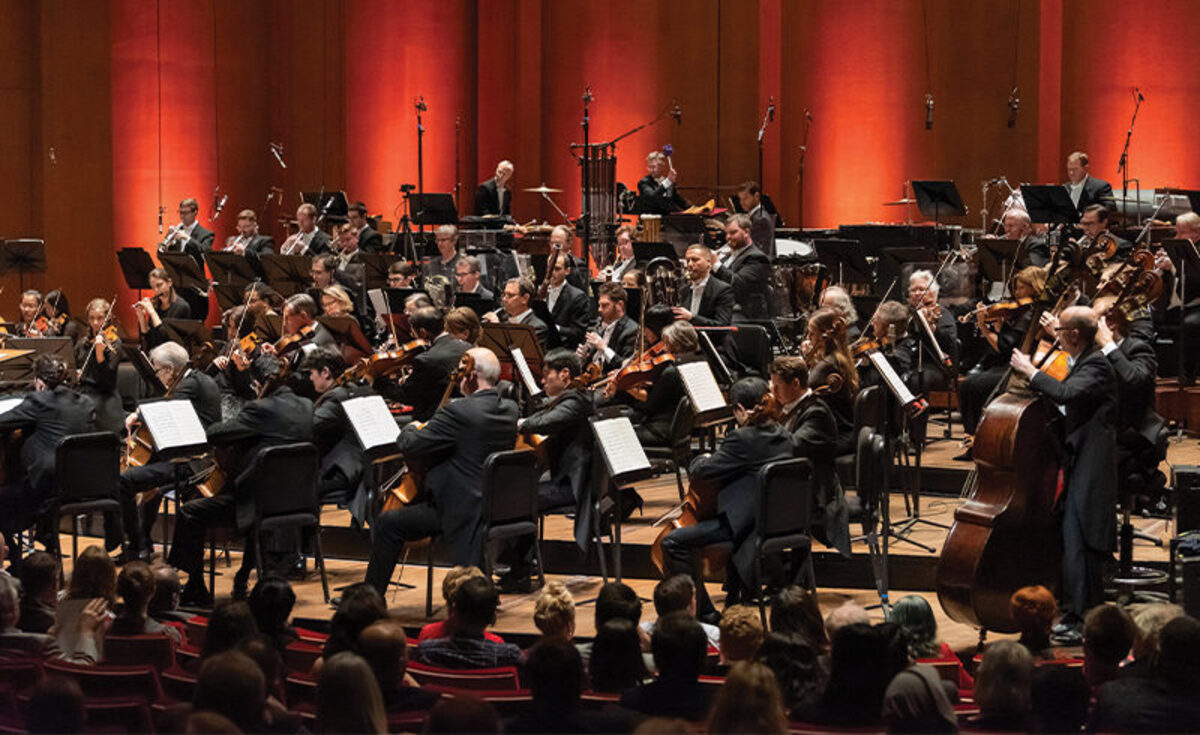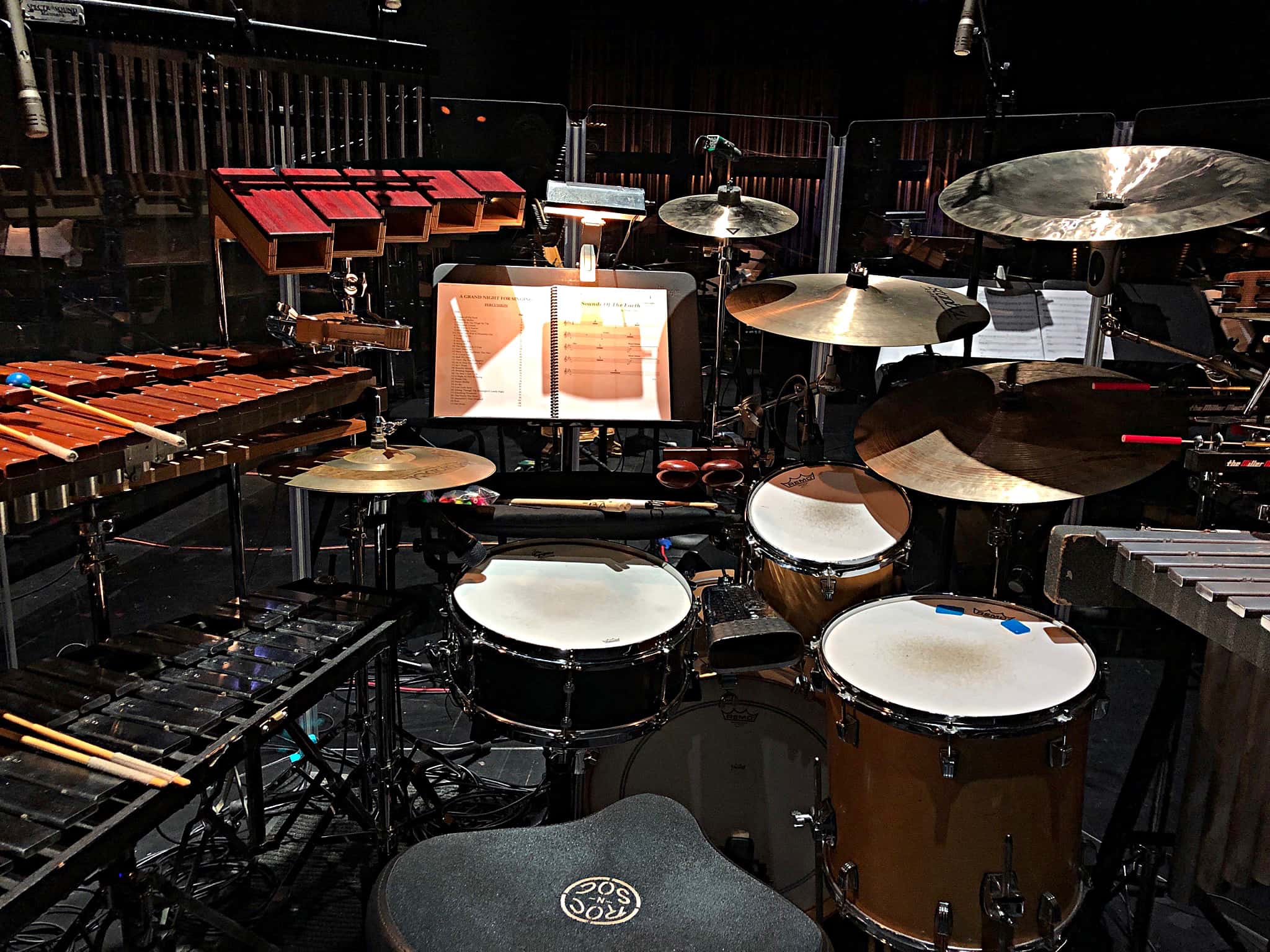Home>Production & Technology>Orchestra>How Many Double Basses Are In An Orchestra
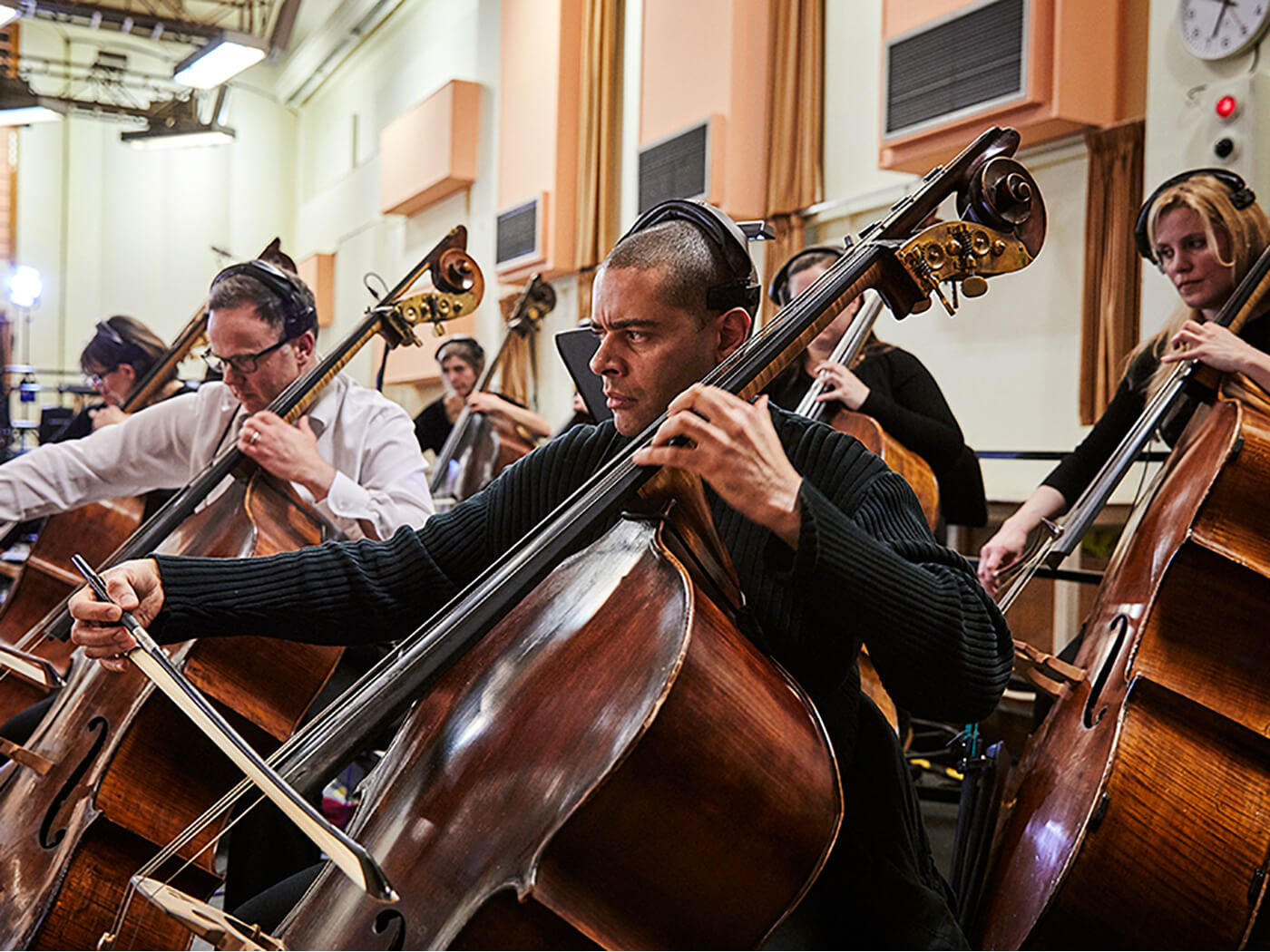

Orchestra
How Many Double Basses Are In An Orchestra
Published: February 23, 2024
Discover the role of the double bass in an orchestra and learn how many are typically included in this essential ensemble. Explore the orchestral dynamics and the importance of the bass section in creating rich, harmonious music.
(Many of the links in this article redirect to a specific reviewed product. Your purchase of these products through affiliate links helps to generate commission for AudioLover.com, at no extra cost. Learn more)
Table of Contents
Introduction
The double bass, known for its imposing presence and deep, resonant tones, holds a pivotal position within the symphony orchestra. As the largest and lowest-pitched member of the string instrument family, the double bass contributes a rich and foundational sound that forms the backbone of the orchestra's harmonic structure. Understanding the role and prevalence of double basses in orchestras is essential for appreciating the intricate dynamics of ensemble music and the interplay of diverse musical timbres.
In the following sections, we will delve into the significance of the double bass in an orchestral setting, exploring the standard number of double basses typically found in orchestras, variations in these numbers across different ensembles, and the influential factors that shape the presence of double basses in orchestral compositions. Through this exploration, we aim to illuminate the multifaceted nature of the double bass's role in orchestral music and shed light on the diverse considerations that orchestral conductors and composers navigate when determining the ensemble's instrumentation.
Join us on this musical journey as we uncover the fascinating world of double basses in orchestras, from their foundational contributions to the nuanced variations that enrich the orchestral landscape. Let's embark on an exploration of the heartbeat of the orchestra—the double bass.
The Role of Double Bass in an Orchestra
The double bass, often referred to as the contrabass, plays a multifaceted and indispensable role in the orchestra, serving as the cornerstone of the ensemble's harmonic and rhythmic foundation. As the largest and lowest-pitched member of the string instrument family, the double bass produces deep, resonant tones that underpin the orchestra's sonic tapestry with richness and gravitas.
One of the primary functions of the double bass lies in its role as part of the orchestra's bass section, where it collaborates closely with other low-register instruments such as the cello and bassoon to establish a robust and sonorous bassline. This foundational bassline provides stability and depth to the ensemble's sound, anchoring the harmonic structure and imparting a sense of grandeur and solidity to orchestral compositions. Furthermore, the double bass often assumes a pivotal role in defining the rhythmic framework of orchestral pieces, working in tandem with the percussion section to establish a steady pulse and rhythmic drive.
Beyond its foundational contributions, the double bass also showcases its versatility through melodic and expressive passages, adding depth and emotional resonance to orchestral works. In lyrical passages, the double bass can evoke a profound sense of melancholy or introspection, enriching the emotional landscape of the music with its soulful timbre. Additionally, the instrument's agile and nimble capabilities enable it to navigate intricate melodic lines, contributing to the orchestral melodic fabric with its distinctively warm and resonant sound.
In the realm of orchestral music, the double bass assumes a dynamic and multifaceted role, embodying the dual responsibilities of providing a robust harmonic foundation while also infusing the music with expressive depth and nuance. Its commanding presence and rich timbre make it an indispensable component of the orchestra, ensuring that the ensemble resonates with depth, power, and emotional poignancy.
The next section will delve into the standard number of double basses typically found in orchestras, shedding light on the ensemble's structural composition and the interplay of multiple double bass voices within the orchestral landscape.
Standard Number of Double Basses in an Orchestra
The standard number of double basses in an orchestra typically varies based on the size and repertoire demands of the ensemble. In a traditional symphony orchestra, it is customary to find a section of four to six double bass players, each contributing their distinct voice to the ensemble's sonic landscape. This configuration strikes a balance between achieving a rich, resonant bass foundation while allowing for nuanced interplay and ensemble cohesion.
The presence of multiple double bass players enables the orchestra to harness the instrument's full sonic potential, creating a robust and expansive bass sound that forms the bedrock of the ensemble's harmonic structure. With four to six double basses working in unison, the orchestra gains the capacity to produce a deep and impactful bassline, enhancing the overall depth and richness of the music.
Furthermore, the ensemble's structural composition benefits from the interplay of multiple double bass voices, allowing for a diverse range of tonal colors and expressive possibilities. The collective resonance generated by the section of double basses amplifies the orchestra's low-end presence, infusing the music with a profound sense of gravity and grandeur.
In addition to bolstering the orchestra's sonic foundation, the presence of multiple double bass players facilitates the execution of intricate and demanding repertoire, particularly in works that feature complex bass passages or require a substantial low-end presence. By harnessing the collaborative prowess of four to six double basses, orchestras can navigate challenging compositions with confidence, delivering a compelling and sonically immersive performance.
While the standard number of double basses in a traditional symphony orchestra typically ranges from four to six, variations may arise based on the specific requirements of a musical composition or the artistic vision of the conductor. Some larger orchestras or those specializing in repertoire that demands an amplified bass presence may opt for an expanded section, featuring eight or more double bass players to achieve a heightened sonic impact.
In essence, the standard number of double basses in an orchestra reflects a delicate equilibrium between harnessing the instrument's resonant power and maintaining a cohesive and balanced ensemble. This configuration ensures that the orchestra's harmonic foundation is robust and expressive, laying the groundwork for compelling and evocative musical performances.
Variations in Double Bass Numbers in Different Orchestras
The configuration of double basses within orchestras exhibits a remarkable degree of variability, with the number of double bass players often fluctuating based on the size, repertoire focus, and artistic vision of the ensemble. This variability gives rise to diverse and nuanced sonic landscapes, reflecting the unique character and musical identity of each orchestra. As orchestras traverse an expansive repertoire spanning classical masterworks, contemporary compositions, and genre-defying collaborations, the nuanced interplay of double bass numbers serves as a defining element in shaping the ensemble's sonic tapestry.
In smaller chamber orchestras or ensembles specializing in intimate repertoire, the presence of one to three double bass players is often sufficient to establish a resonant and cohesive bass foundation. This streamlined configuration allows for a more delicate and transparent interplay between instruments, fostering a sense of intimacy and clarity within the ensemble's sound. The smaller number of double basses lends itself to chamber music settings, where subtlety and precision intertwine to create evocative musical dialogues.
Conversely, larger symphony orchestras, renowned for their expansive repertoire and grandiose symphonic works, frequently feature an augmented section of double bass players. In these settings, it is not uncommon to encounter ensembles with eight or more double basses, harnessing the collective resonance and power of multiple bass voices to realize the grandeur and sonic magnitude inherent in symphonic compositions. The amplified presence of double basses in larger orchestras imparts a majestic and commanding quality to the ensemble's low-end foundation, elevating the orchestral sound to monumental heights.
Moreover, specialized orchestras dedicated to historically informed performances or period instrument ensembles may adopt a distinct approach to double bass numbers, aligning with the stylistic practices of specific musical eras. These ensembles often adhere to historical performance traditions, which may entail employing a reduced number of double bass players or integrating period-specific instruments to authentically recreate the sonic aesthetics of bygone epochs. By embracing historically informed practices, these orchestras breathe new life into centuries-old compositions, offering audiences a glimpse into the sonic tapestry of the past.
The dynamic interplay of double bass numbers across different orchestras underscores the adaptability and versatility of the instrument within diverse musical contexts. Whether navigating the intricate complexities of chamber music or commanding the grandeur of symphonic repertoire, the nuanced variations in double bass numbers reflect the rich tapestry of orchestral music, showcasing the instrument's ability to shape and define the sonic identity of each ensemble.
In summary, the variations in double bass numbers across different orchestras epitomize the diverse artistic expressions and musical narratives that unfold within the orchestral landscape. This variability serves as a testament to the instrument's adaptability and the myriad ways in which it enriches the sonic fabric of orchestral music, contributing to a kaleidoscope of musical experiences that captivate and inspire audiences worldwide.
Factors Influencing the Number of Double Basses in an Orchestra
The determination of the number of double basses in an orchestra is influenced by a confluence of factors that encompass artistic, logistical, and sonic considerations. These factors collectively shape the ensemble's sonic identity and ensure the cohesive integration of the double bass section within the orchestral framework.
Artistic Vision: The artistic vision of the conductor and the ensemble's musical director plays a pivotal role in dictating the number of double basses employed. Their interpretation of a musical composition, whether emphasizing the grandeur of symphonic works or cultivating the intimacy of chamber music, informs the decision regarding the size of the double bass section. This artistic vision serves as a guiding force, shaping the ensemble's sonic palette and determining the requisite number of double bass players to realize the intended musical expression.
Repertoire Demands: The diverse repertoire performed by orchestras exerts a significant influence on the number of double basses enlisted for a particular performance. Works characterized by intricate bass passages, expansive symphonic dimensions, or heightened low-end presence may necessitate an augmented section of double bass players to authentically convey the composer's sonic vision. Conversely, repertoire featuring chamber music or historically informed performances may warrant a more restrained number of double basses, aligning with the stylistic nuances and sonic subtleties inherent in such compositions.
Ensemble Size: The size and configuration of the orchestra itself contribute to the determination of double bass numbers. Larger symphony orchestras, renowned for their expansive sonic scope and diverse repertoire, often feature an amplified section of double bass players to bolster the ensemble's low-end foundation. In contrast, chamber orchestras or smaller ensembles may opt for a more concise number of double basses to maintain a balanced and transparent sonic texture within the intimate setting.
Logistical Considerations: Practical considerations, including rehearsal space, instrument availability, and the cohesive integration of multiple bass voices, factor into the decision-making process regarding double bass numbers. Ensuring that the ensemble's instrumentation aligns with the logistical capabilities and spatial constraints of performance venues and rehearsal spaces is essential for orchestrating seamless and efficient musical productions.
By navigating the interplay of these influential factors, orchestral conductors and artistic directors curate a dynamic and resonant sonic landscape, harnessing the expressive potential of the double bass to realize compelling and evocative musical performances. The orchestral tapestry, woven with careful consideration of these factors, exemplifies the harmonious fusion of artistic vision, logistical pragmatism, and sonic artistry within the realm of orchestral music.
Conclusion
In conclusion, the double bass stands as an indispensable pillar of the orchestra, weaving a rich tapestry of resonant harmonies and expressive depth that underpins the ensemble's sonic identity. As we traverse the multifaceted landscape of orchestral music, the role and prevalence of double basses emerge as a testament to the instrument's versatility and enduring significance within diverse musical contexts.
From the standard configuration of four to six double basses in traditional symphony orchestras to the nuanced variations across different ensembles, the presence of the double bass section reflects a dynamic interplay of sonic textures, artistic visions, and historical traditions. Whether resonating with the grandeur of symphonic masterpieces, embracing the intimacy of chamber music, or breathing life into historically informed performances, the double bass adapts and thrives, shaping the sonic narratives that captivate audiences and transcend temporal boundaries.
The determination of double bass numbers within orchestras is a nuanced and meticulously curated process, guided by the confluence of artistic vision, repertoire demands, ensemble size, and logistical considerations. This intricate orchestration ensures that the ensemble's sonic palette resonates with depth, clarity, and expressive nuance, fostering compelling musical dialogues that transcend the confines of time and space.
As we embark on this musical journey, the heartbeat of the orchestra—the double bass—resounds with unwavering presence and emotive resonance, infusing the orchestral landscape with a profound sense of grandeur, intimacy, and historical authenticity. It serves as a testament to the enduring legacy and adaptability of the double bass, illuminating the instrument's pivotal role in shaping the sonic tapestry of orchestral music across centuries.
In essence, the double bass transcends its role as a foundational pillar of the orchestra, emerging as a storyteller, a guardian of tradition, and a catalyst for evocative musical expression. Its resonant timbre and commanding presence echo through the annals of orchestral history, embodying the enduring spirit of artistic innovation and sonic exploration. As we bid farewell to this exploration of the double bass's role in orchestras, we carry with us a profound appreciation for the instrument's boundless contributions to the symphonic landscape, an enduring testament to its timeless resonance within the realm of orchestral music.

